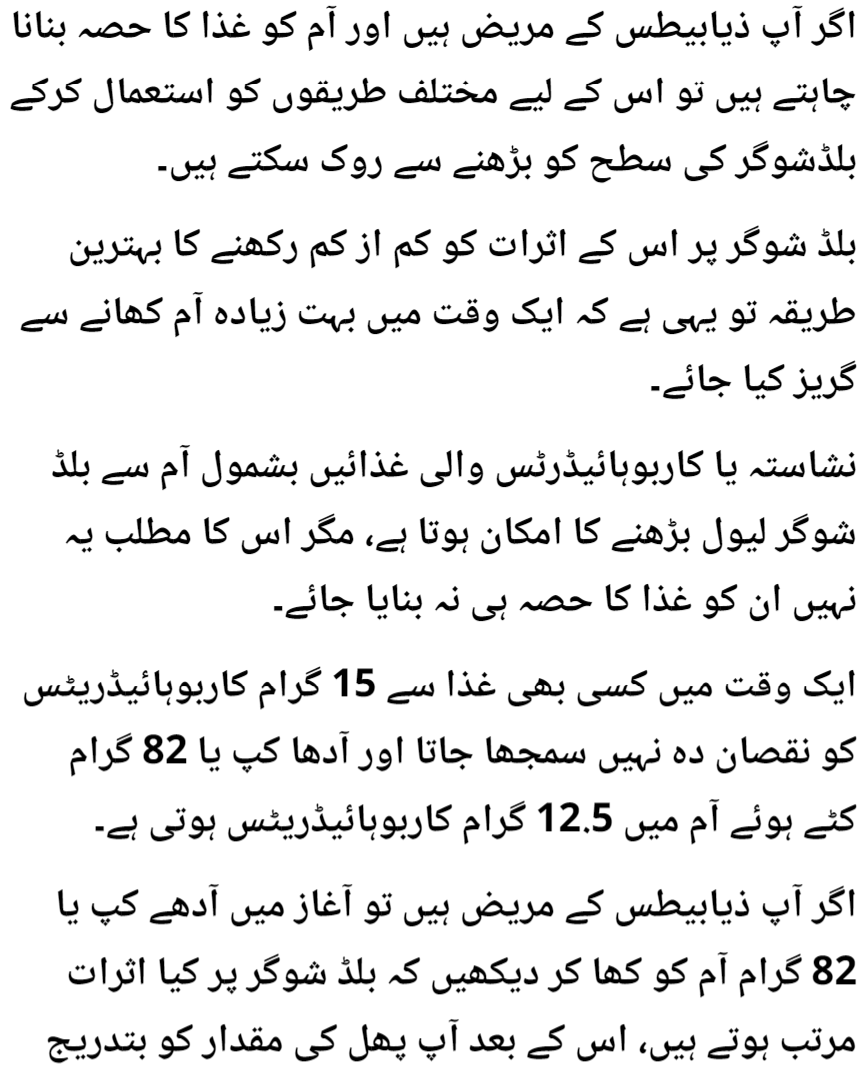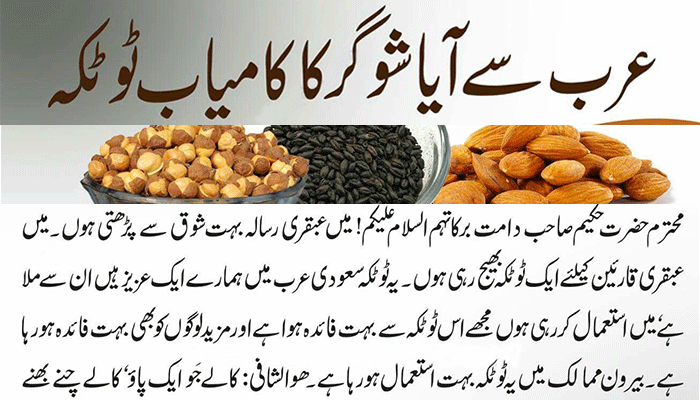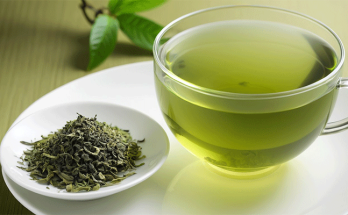
For individuals managing diabetes, monitoring their diet is essential to maintain stable blood sugar levels. While some fruits are off-limits due to their high sugar content, mangoes, a juicy and tropical delight, can still be enjoyed with careful consideration. In this article, we’ll explore the connection between diabetes and mango consumption and provide tips on how to eat mangoes in a way that won’t cause a significant rise in blood sugar levels.





Diabetes and Its Relationship with Mangoes
Diabetes is a chronic condition characterized by high blood sugar levels resulting from either insufficient insulin production or the body’s inability to use insulin effectively. Consuming foods with high sugar content can lead to rapid spikes in blood glucose levels, making it crucial for diabetics to choose their fruits wisely.
Mangoes, known for their sweet and succulent taste, naturally contain sugar, making them a concern for individuals managing diabetes. However, with the right approach, mangoes can still be enjoyed in moderation without causing undue harm to blood sugar levels.
The Glycemic Index (GI) of Mangoes
The Glycemic Index (GI) is a numerical scale used to rank foods based on how quickly they raise blood sugar levels. Foods with a high GI (70 or above) cause rapid spikes in blood glucose, while those with a low GI (55 or below) lead to a slower and more controlled increase.
Mangoes have a moderate to high GI, typically ranging between 41 to 60, depending on their ripeness and variety. While this puts mangoes in the moderate range, it doesn’t mean they are entirely off-limits for diabetics. The key is to manage portion sizes and eat them mindfully to prevent drastic blood sugar fluctuations.
Tips for Eating Mangoes Responsibly
Choose the Right Portion Size: Moderation is key when it comes to incorporating mangoes into a diabetic diet. Opt for a small portion, such as half a cup of diced mango, instead of consuming the whole fruit in one sitting.
Pair Mangoes with Protein or Healthy Fats: Blending mangoes with a protein source or incorporating healthy fats in the mix can effectively slow down the sugar absorption process, thus minimizing the impact on blood sugar levels. Consider adding a few slices of mango to a Greek yogurt parfait or blending it with some avocado for a creamy and satisfying smoothie.
Opt for Ripe, Fresh Mangoes: Ripe mangoes tend to have a lower GI compared to unripe ones. Look for mangoes with vibrant colors, a sweet aroma, and a slightly soft texture when gently squeezed.
Avoid Processed Mango Products: Stay away from canned mangoes in syrup or mango-flavored sugary snacks. These processed options often contain added sugars and preservatives, which can lead to rapid spikes in blood sugar levels.
Monitor Blood Glucose Levels: Keep a close eye on your blood sugar levels after consuming mangoes. This will help you understand how your body reacts to this fruit and adjust your diet accordingly.
Conclusion
In conclusion, mangoes can be a part of a diabetic’s diet when approached mindfully and in moderation. By understanding the glycemic index of mangoes and adopting smart eating habits, individuals with diabetes can relish this tropical fruit without causing significant spikes in blood sugar levels. As always, it’s essential to work closely with a diabetic doctor to create a personalized meal plan that suits individual needs and helps maintain stable blood glucose levels while enjoying the natural goodness of mangoes.










